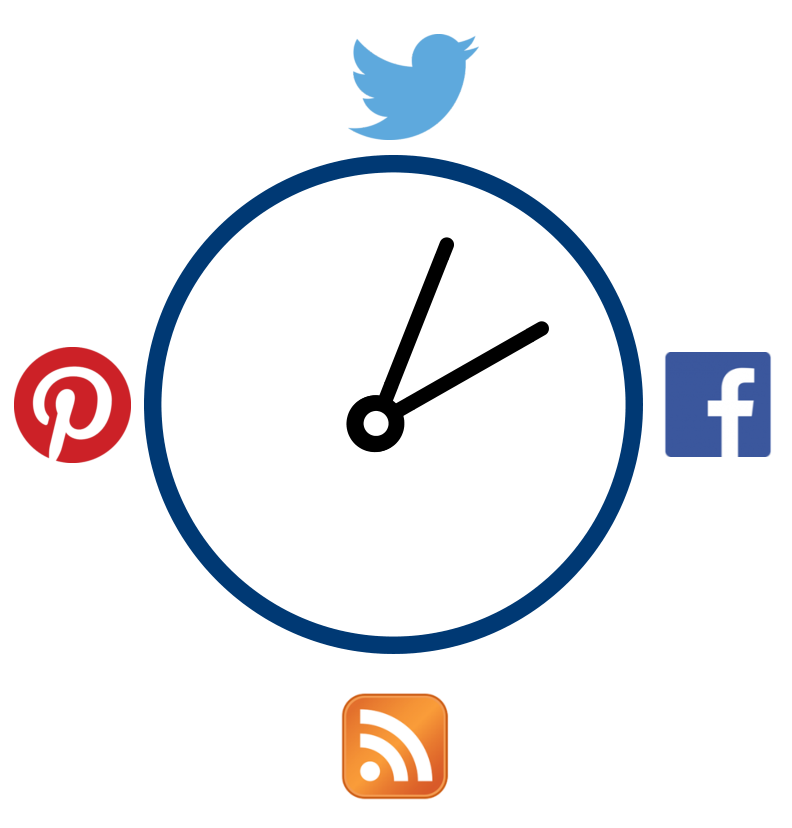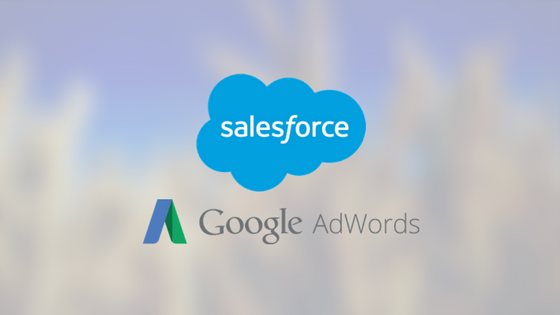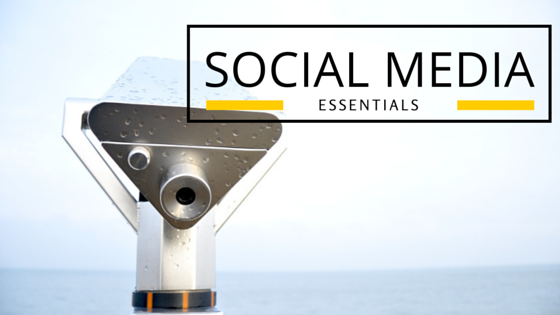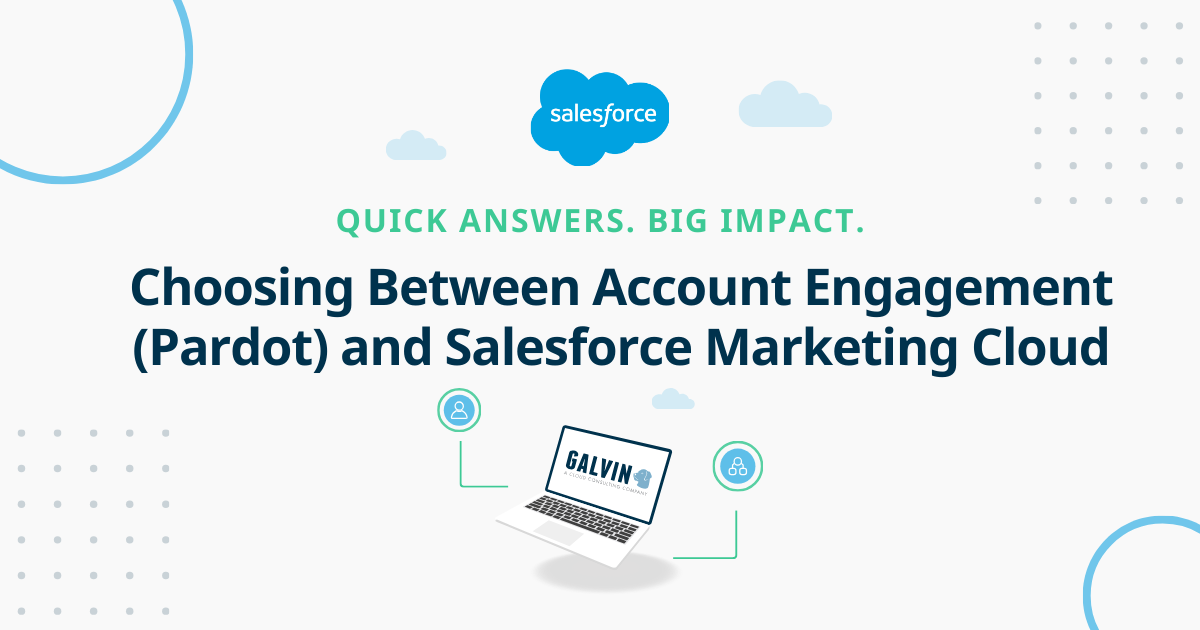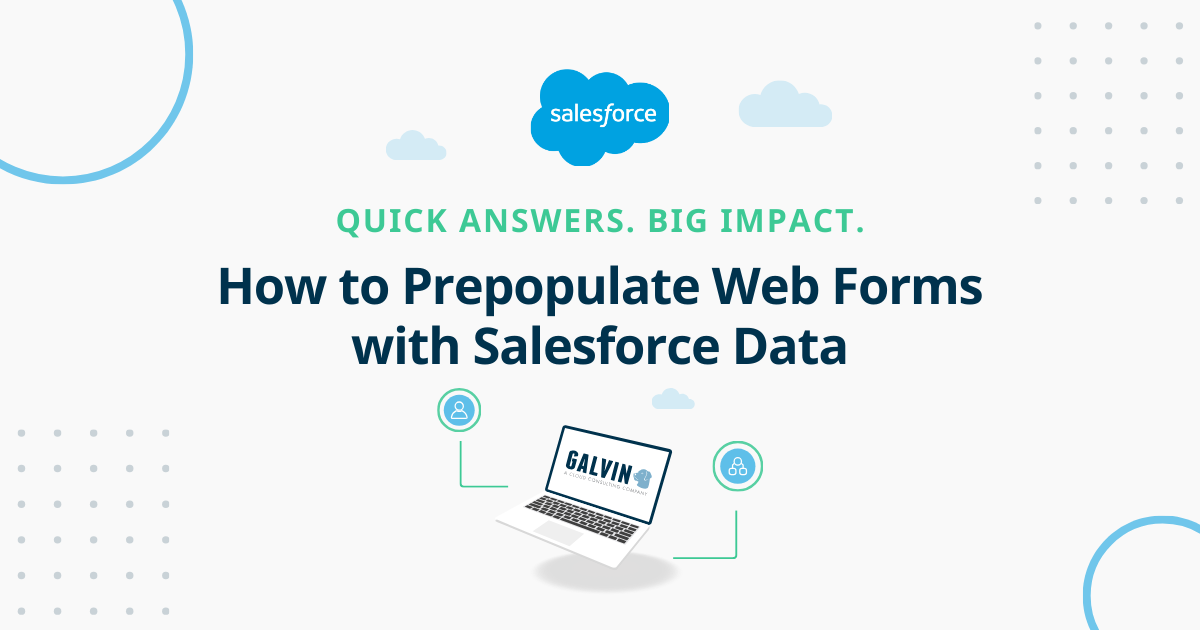How Bad Timing is Damaging Your Content Marketing
American author, Joshua Harris believes that: the right thing at the wrong time is the wrong thing. In comedy, in saying sorry, in revealing a surprise, or just about anything in life — timing is everything. Things should happen when they should or they will lose their meaning. For example, a piece of advice from a friend is most relevant when it is most needed. Making the shot at crunch time of a basketball game creates winning more special.
Timing is also at the heart of every marketing strategy. You can have the best content but when you miss out on timing, you are most likely to not get the message across. This is especially the case for content marketing. This new wave in marketing came at a time of too many distractions and incredibly impatient audience.
The Content Marketing Institute defines this brand of marketing as a “technique of creating and distributing valuable, relevant, and consistent content to attract and acquire a clearly defined audience.” Its purpose is to build a loyal customer base by enhancing consumer behavior. It is the art of communicating with your customers and focuses on owning media, not renting it. The content marketing strategy believes in the basic principle that if a business delivers consistent and valuable information, buyers will reward them with loyalty. In short, it is the brand of marketing that puts content at the very core of its strategy.
The Digital shift
An Adobe research that surveyed 1,000 marketing professionals in the U.S. found that two in five marketers want to reinvent themselves and 64% expect their role to change in the next year. However, only 14% said they know how to go about the transformation.
One key area where change is inevitable is the data-centric role of marketers. Adobe’s Chief Marketing Officer Anne Lewnes puts emphasis on the shift to digital technology as one of the tools for content marketing and a new approach to leverage data which automatically means new roles for marketers. She said marketers have no choice but to take the plunge and “work across their social, web, and mobile channels.”
With brands and businesses realizing the importance of content marketing, comes the awareness to broaden their ownership of the process. For example, now we see marketing departments monitoring analytics on a day to day basis instead of the IT department. Content marketers find themselves reviewing blogs, web traffic, and making technology decisions.
Social media and timing
Social media platforms are on 24/7. Every second, something new comes out. How do you make your content special and valuable enough to gain the edge? By now, you have probably acknowledged that timing plays a great role in content marketing. You want to be seen everywhere and you want your audience to pay attention and try you out. This is where timing becomes crucial. First off, you have to identify your audience and get to know them — their interests, habits and activity patterns. Second, knowing the best time to chance upon them on the web will also help. Good thing scientific research has been done for this purpose.
In an article for the Huffington Post, social media analysts at Buffer collated relevant data they have on social media timing. For Facebook, engagement rates are 18% higher on Thursdays and Fridays. The explanation is simple: people can’t wait to end the workweek and “the less people want to be at work, the more they are on Facebook. Statistics for the best time to post on Facebook range from 1pm for more shares, 3pm to get more clicks and generally from 9am to 7pm.
Twitter engagement for brands is 17% higher on weekends so you might want to kick off something on a weekend. Retweets seem to be highest around 5pm.
When you want to send a consumer-based marketing email, do it between 6am and 10am. Property, financial-related offers, and holiday promotions are most popular between 3pm to 7pm. On the other hand, Buffer found that 10am to noon, people ignore they inbox as they all buckled down to work.
In the case of blog posts, it is best to hit the publish button in the morning as Buffer research found that 70% of users say they read blogs during that time. The highest traffic for an average is usually before noon.
Remember that this should be taken as nothing but a scientific guide. The most effective time to post, update, and publish depends on how well you know your content consumers.
Timing is everything
The good thing about timing is that you have control over it. Deploying content, firing a response, when to execute — they all wait for your command. The only thing left to do now is knowing how to create a marketing strategy with perfect timing, if not totally withstand it. Marketing blogger Gerry Moran listed five ways to create an effective content marketing strategy and making sure that time is on your side:
Let them find you quickly
Moran estimates that 89% of people start their purchase process using a search engine like Google. You need to structure your content so that it may be quickly found using nuances and keywords. This is the business of search engine optimization (SEO) — making sure that you are on top of the list.
Be consistent
Deliver content on a regular basis and start building a habit among your consumers. Moran mentions a study by HubSpot showing companies who blog 15 or more times per month get five times more site traffic.
Be reader-friendly
Make it easy for your readers and avoid going beyond 500 words per blog. There is no right length for content but according to Moran, most readers would only devote two minutes of your time — enough to grasp the point of a 500-word post.
Make it easy to share
Good content needs to be shared. Make it easy for your consumers to share it by being mobile-optimized because most shares happen using a mobile device.
Respond quickly
Make your consumers feel they are important and respond to their inquiries and comments within 24 hours, if not immediately. For complaints, make sure to address it in under an hour.
Content marketing is the way to go. Consumers are wiser and more empowered than ever. The traditional way of marketing is no longer trusted. People demand information, data, and content they can use. If the right message gets to them at the right time, then you are a step closer to gaining a loyal customer base.
Emily Harper is an Environment and Sustainability. She is also fond of analyzing home structure and design and has been a Home Stylist and Consultant. She loves to write about home improvement, business, marketing, and green sustainability.

